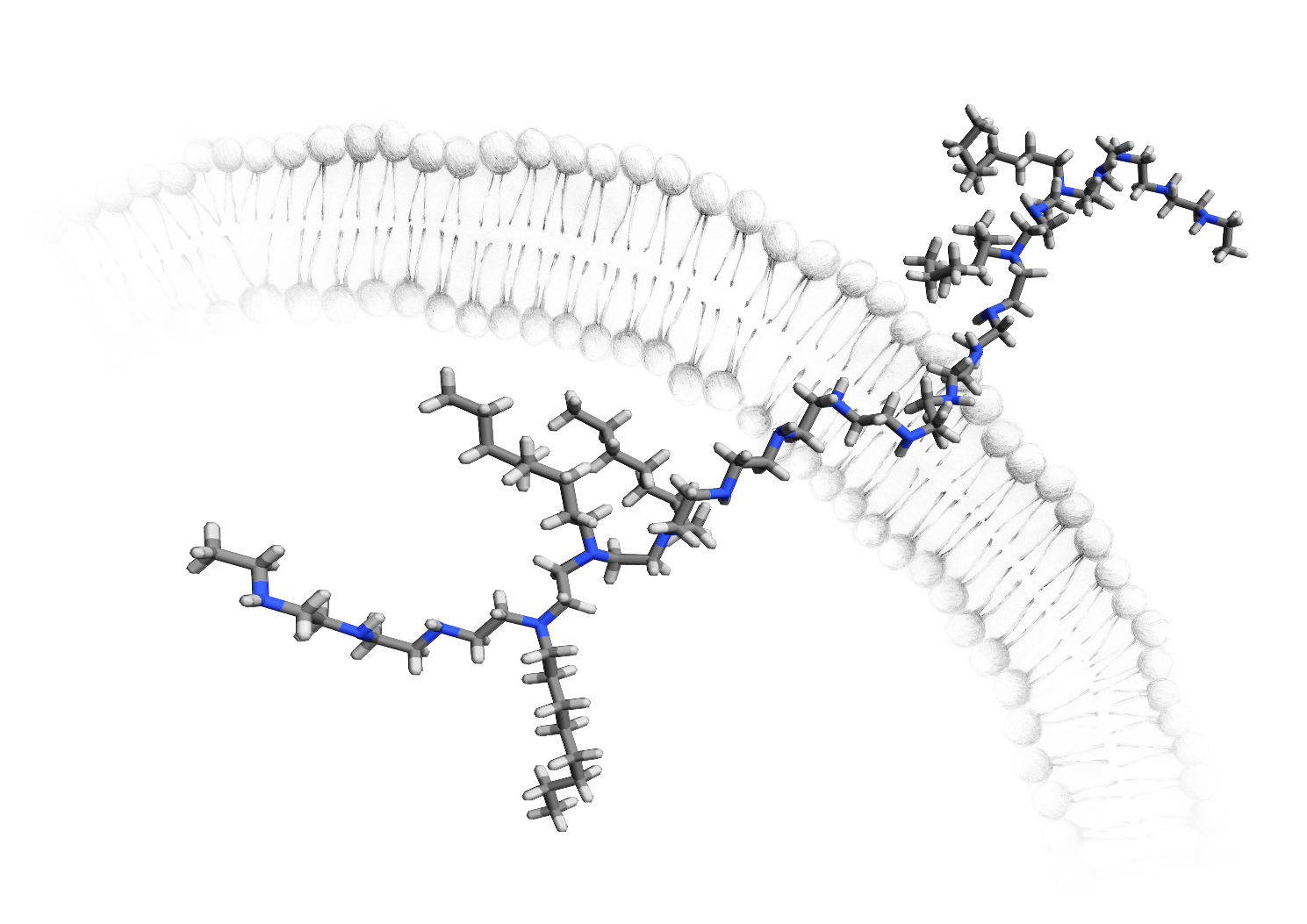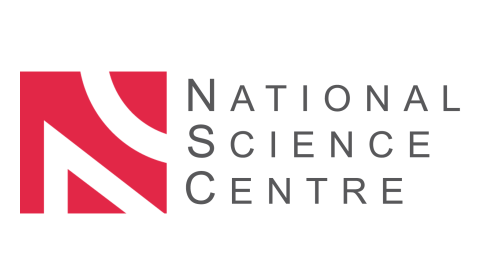The post-polymerization modification (PPM) is an approach to change the structure of a polymer at the final stage of synthesis when the polymerization process is already completed. It is important method and frequently used both in research and industrial practice providing access to extended polymer functionalities not available by other methods. The presence of multiple reaction centres, distributed along the polymeric backbone and influencing each other, creates problems with full polymer conversion but also creates opportunities to control the process. We found that already transformed repeating unit (r.u.) influences reactivity of centre at adjacent r.u. allowing us to obtain polymers with controlled distribution of side modified groups along the polymeric backbone. In this project we aim to develop broader control-PPM (C-PPM) theory, associated synthetic methodologies and examples of applications of such methods to fabricate polymeric materials with controlled structure. We plan to extend the library of possible examples, in which C-PPM can be observed, and generalize the method. We would like to focus on the role of adjacent repeating unit defining two main scenarios of r.u. reactivity modulation. In the case of deactivation effect, lower reactivity of adjacent r.u. translates into control over special distribution of modified reactive sites. In case of activation effect modified r.u. increases adjacent site reactivity and depending on degree of activation can produces block or segmental polymer architecture. In the second objective we aim to utilize developed methods to investigate influence of polymeric architecture on biological activity of the side modified polymers. Namely we plan to investigate series of various polycations, side modified with sugars and hydrophobic groups, as antimicrobial agents. Antibacterial agents will be tested against range of organisms including model bacteria and pathogenic strains, like mycobacterium. Special attention will be devoted to understanding mechanism of antibacterial activity with use of various experiments on liposomes and lipid bilayers. This part of the project is motivated by search for novel antibacterial substances at the age of growing antibiotic resistance.



